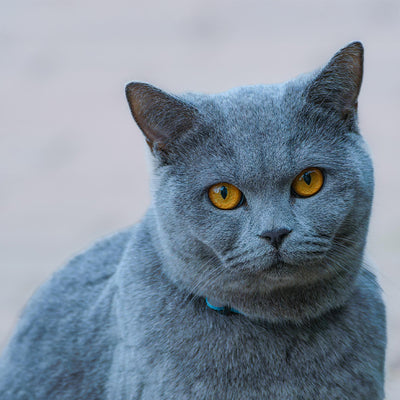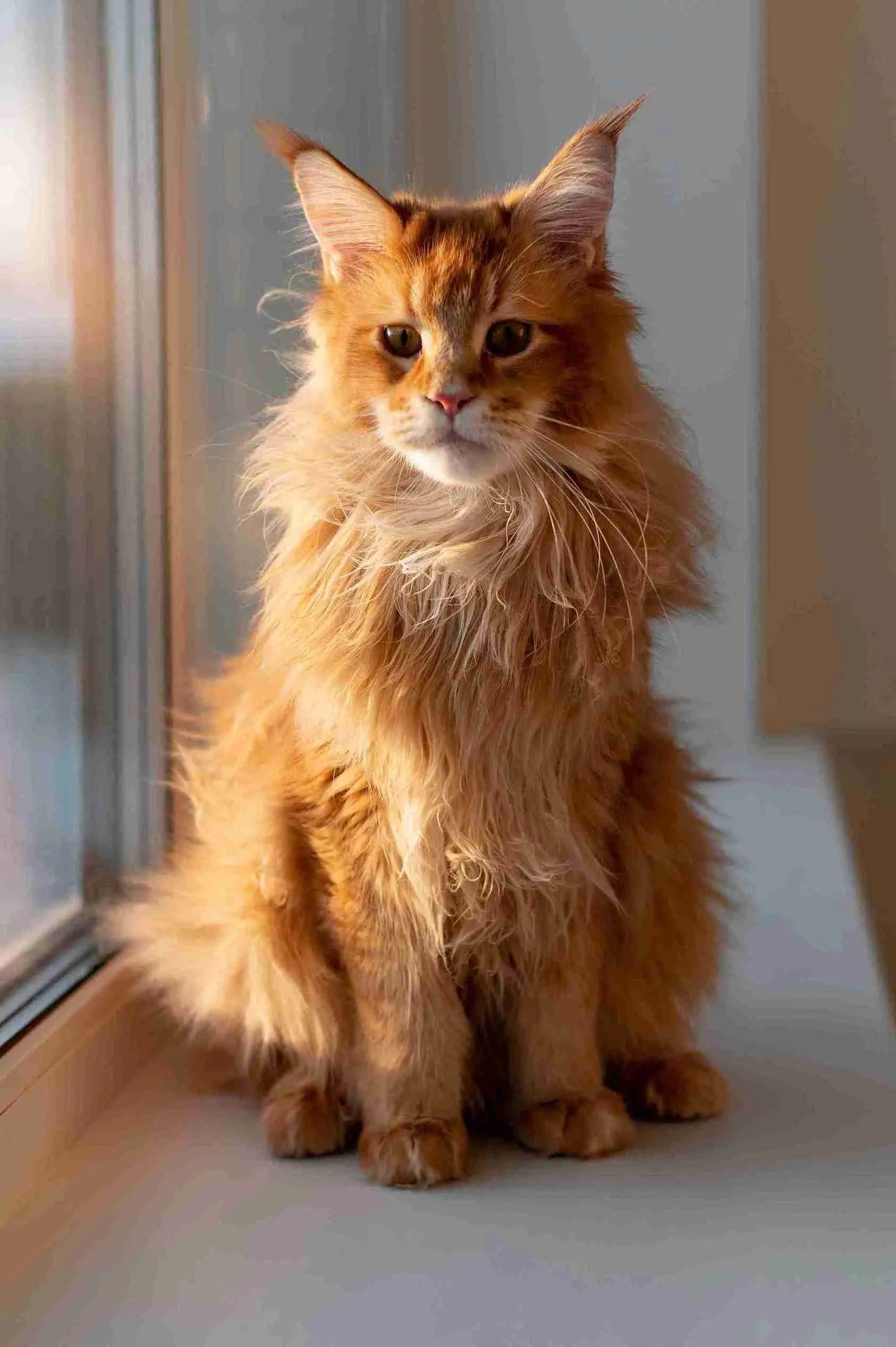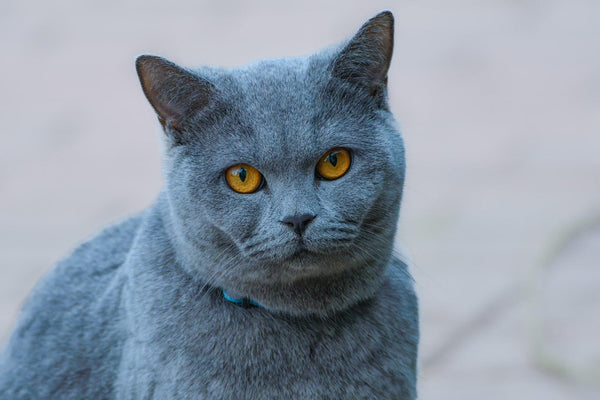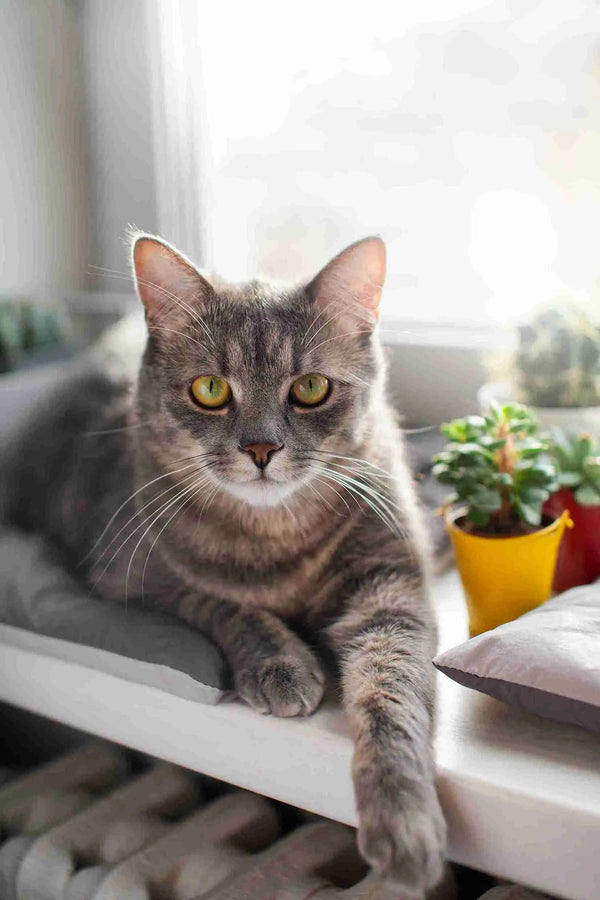Domestic Longhair Cat
Domestic Longhair Cat
America’s Elegant and Affectionate Feline
1. Introduction to the Breed
The Domestic Longhair, securing the #2 spot among the top cat breeds owned by Americans in 2024, is an elegant and affectionate feline cherished for its luxurious, flowing coat and versatile personality. As a mixed-breed category, these cats offer a kaleidoscope of colors and temperaments, making them ideal for families, singles, or seniors seeking a cuddly yet independent companion. Their striking appearance and adaptable nature shine in any home, from cozy urban apartments to spacious rural retreats, bringing beauty and warmth.
2. History of the Breed
Domestic Longhairs have no single origin, evolving naturally over centuries as non-pedigreed cats with longer coats bred freely worldwide. In America, they likely descend from longhaired cats brought by European settlers, valued for their mousing skills and aesthetic appeal on farms and in homes. Not a formal breed but a diverse category, their genetic variety contributes to their robust health and unique looks. Their widespread presence in shelters and homes has made them a beloved staple in American households for their charm and accessibility.
3. Physical Characteristics
- Typical Size and Weight: Domestic Longhairs vary widely, typically standing 8–10 inches tall at the shoulder and weighing 8–15 pounds, with a medium, balanced build.
- Coat and Color: Their long, silky coat is dense and flowing, coming in every possible color and pattern, including tabby, solid, bicolor, tortoiseshell, and calico. The coat sheds moderately and requires regular grooming.
- Distinctive Features: Domestic Longhairs lack a uniform look but often have expressive eyes, rounded heads, and bushy tails. Their lush coat and graceful movements reflect their mixed heritage.
4. Personality Traits
Domestic Longhairs are affectionate, independent, and adaptable, with personalities ranging from cuddly lap cats to aloof explorers, depending on their lineage. They form strong bonds with families, enjoying gentle interaction with children and familiar pets, and their curious nature fuels exploration. Some may be vocal, purring or meowing to communicate, while others prefer quiet companionship. Their intelligence and resilience suit owners of all experience levels who can provide moderate stimulation to prevent boredom-driven behaviors like scratching or hiding.
5. Care Requirements
- Exercise Needs: Domestic Longhairs need 30–60 minutes of daily play, such as chasing toys, climbing cat trees, or interactive games. Mental stimulation through puzzle toys or window perches satisfies their curious minds.
- Grooming Needs: Their long coat requires brushing 3–4 times per week to prevent matting and hairballs, with extra care during shedding seasons. Regular ear cleaning, nail trimming, and dental care maintain health, as they’re prone to dental issues.
- Dietary Considerations: A balanced, high-protein diet supports their energy and coat health. Portion control prevents obesity, and foods with omega fatty acids reduce skin sensitivities. Fresh water is essential for their active lifestyle.
6. Health and Lifespan
Domestic Longhairs have an average lifespan of 12–18 years, often benefiting from genetic diversity. Common health issues include dental disease, obesity, hairballs, and urinary tract issues. Regular vet checkups, dental cleanings, and a healthy lifestyle mitigate risks. Owners should monitor for weight gain, litter box changes, or excessive grooming and ensure a balanced diet to support overall health. Shelter cats may benefit from early health screenings to address any past neglect.
7. Training and Socialization
Domestic Longhairs are intelligent and trainable, responding well to positive reinforcement with treats or play. They can learn behaviors like using a scratching post or litter box habits, though their independent nature may require patience. Early socialization ensures comfort with strangers, children, and other pets, reducing shyness or territorial behavior. Teaching simple tricks or routines keeps their curious minds engaged. Interactive play or training sessions prevent boredom-related scratching or hiding.
8. Ideal Home Environment
Domestic Longhairs thrive in any home, from apartments to spacious houses, making them ideal for urban or rural settings. They suit families, singles, or seniors who enjoy moderate interaction. A secure indoor space with climbing structures, window perches, or cozy bedding satisfies their need for exploration and rest. Owners should provide a stimulating environment with toys and scratching posts to prevent boredom and ensure a comfortable setting for their adaptable nature.
9. What’s the Best Toy for My Domestic Longhair?
Domestic Longhairs enjoy toys that suit their playful, curious nature and moderate energy. Lightweight feather wands encourage chasing and pouncing, providing 10–15 minutes of interactive play to satisfy their hunting instincts. Small, sturdy balls for batting tap into their exploratory side, ideal for 15–20 minute solo or outdoor-like sessions in a secure space. Soft plush toys for wrestling mimic prey, perfect for 10–15 minute play bursts, though supervision prevents tearing. Interactive puzzle toys with treat compartments engage their intelligence, keeping them occupied indoors for 15–20 minutes. Avoid small, easily swallowed toys to prevent choking. Rotate toys regularly and pair with interactive games for engagement.
10. Adoption and Breeder Tips
As a mixed-breed category, Domestic Longhairs are primarily adopted from shelters or rescue organizations, such as local humane societies. Visit shelters to assess cat health, observe temperament, and confirm clean, ethical facilities. Ask about medical history, vaccinations, and socialization to ensure a good match. Avoid pet stores or unregulated sources, as they may not prioritize health. For those seeking specific traits, discuss the cat’s background with shelter staff to find a healthy, well-adjusted feline suited to your lifestyle.






0 comments